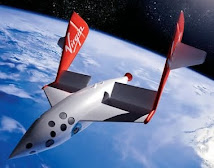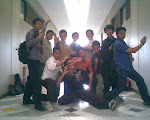The Compton Gamma Ray Observatory (CGRO) was a space observatory detecting light from 20 KeV to 30 GeV in Earth orbit from 1991 to 2000. It featured four main telescopes in one spacecraft covering x-rays and gamma-rays, including various specialized sub-instruments and detectors. Following 14 years of effort, the observatory was launched on the Space ShuttleAtlantis, mission STS-37, on 5 April 1991 and operated until its deorbit on 4 June 2000. It was deployed in low earth orbit at 450 km (280 mi) to avoid the Van Allen radiation belt. It was the heaviest astrophysical payload ever flown at that time at 17,000 kilograms (37,000 lb).
The CGRO was part of NASA's Great Observatories series, with the Hubble Space Telescope, the Chandra X-ray Observatory, and the Spitzer Space Telescope. It was the second of theNASA "Great Observatories" to be launched to space, following the Hubble Space Telescope. CGRO was named after Dr. Arthur Holly Compton (Washington University in St. Louis), Nobel prize winner, for work involved with gamma ray physics. CGRO was built by TRW (now Northrop Grumman Aerospace Systems) in Redondo Beach, CA. CRGO was an international collaboration and additional contributions came from the European Space Agency and various Universities, as well as the U.S. Naval Research Laboratory,
Data Analysis for CGRO
BATSECOMPTEL
EGRET
Data Archive for CGRO
- CGRO Archive Contents
- CGRO Archive via HEASARC FTP Server
- Search the HEASARC CGRO Archive via HEASARC Browse
- Summary of Reconfigured CGRO Archive
- Current GRB Catalog at MSFC
- Reclassification of Trigger Data
- Description of BATSE Data Problems
- FTP Access to BATSE Public Data Archive
- FTP Access to BATSE Software
EGRET
- FTP Access to EGRET Public Data Archive
- FTP Access to EGRET Software and Documentation
- Third EGRET Catalog
- Third EGRET Catalog ApJ Supplement Paper via ADS
- 1991-1996 EGRET Data on CD
- EGRET TASC Data
























